Our flight from LA landed at Sydney airport around 7.30am.
From there my day went something like this: Pick up luggage. Re-pack a carry on. Get in cab with RJ and our 8-piece luggage family. Get dropped off at Domestic Terminal because Jetstar is too cheap budget to do transfers from International. Swap US SIM for Aussie SIM. Wash face, brush teeth, re-apply makeup, change clothes.
Board 10.30am flight for Adelaide to attend Eat.Drink.Blog 2012. Phew!
I am a conference geek, I admit it, so when I received a place at EDB 2012 I knew I’d find a way to get there. My usual modus operandi is to get off an international flight and go straight to work. Having attended in 2011 I knew EDB involved lots of food and people I was looking forward to both catching up with and meeting for the first time – instead of a full inbox and client meetings – of course I was going!
Now many people have done conference wrap-ups about the food and the sponsors and all sorts of other things, but as I do actually look forward to the sessions, I figured I’d post some of my notes for those who couldn’t be there or were in different workshops.
Let me know if you have anything to add or any notes from the two morning workshops I didn’t attend.
This is truly a long one, but you can always scan the headings. Don’t worry, I’ll include a few food pics! You can also check out my #EDB2012 tweets and read about the conference in 140 or less…
Ok, lets get straight into it…
First up I must thank South Australian Tourism for the transport from the airport. Not having to deal with a taxi or worry about directions, or find my Aussie money for that matter, made my arrival much easier! I even managed a quick shower at the hotel before heading out to the conference venue – everyone wins.
Due to aforementioned geekery I opted for conference keynote speaker Dianne Jacob’s writing workshop on Saturday afternoon over the tours of the local McLaren Vale and Barossa wineries. And although I didn’t make it early enough on Saturday to do the Adelaide Central Market tour I managed a mad dash through the middle of it on my way to the workshop. I must go back next time we are in Adelaide visiting friends.
Food Writing Workshop – Dianne Jacob
Dianne Jacob is a renowned food writer and author of ‘Will Write for Food’, she also has a blog of the same name where she shares ‘Pithy snippets about food writing’.
After a slightly scattered entrance only moments before the session started, I settled myself and a huge cup of green tea down at a table with Thang, Martine, Ai-Ling and Tommy.
- You can attach just about any topic to food. [JJ Note: go ahead try it… humm, lets see, cars… have you ever heard of cooking a fish on an engine? – go ahead, you try]
- Food writing is not about how to describe food, it is more important to tell a story.
- Adjectives are not necessary when telling a story, so if you use them use good ones. Stop using delicious, perfect and stunning and go from there.
- Make your reader be in the story with you, engage them and keep them involved.
- Know who you are writing for – this is key. [JJ Note: sometimes it takes a while to work things out and you can just write for yourself if you want! But if you want to build a following it helps to have a focus and some consistency]
- Set up your story with the first sentence and paragraph – let the reader know where you are going. Have a conclusion that links back to how it started – complete the loop.
- Learn how to edit your work, tighten it up, make it more vivid, more concise. [JJ Note: my editing trick is to read my post and my recipes out loud – either to myself or to RJ. You will pickup repetition and stumbles very quickly.]
Things to read:
- Writer Charlotte Wood’s blog: How to shuck an oyster
- The controversial A.A. Gill’s reviews for interesting descriptions and use of adjectives
- Deborah Madison: prolific vegetarian cookbook writer. [JJ Note: I can’t remember exactly what was said about it but had a note to read her stuff…]
- Sallie Tisdale’s book: The Best Thing I Ever Tasted: The Secret of Food
There was lots more covered over the two hours and Thang has done a pretty comprehensive wrap up of the workshop over at Noodlies.
If you are interesting in learning more, many things are discussed in much greater detail by Dianne in her book, Will Write for Food. Having added it to my must-read list months ago I walked out with a signed copy after the workshop. Best get reading!
Dinner at The Hilton Adelaide
I took nearly 10,000 photos on our trip. By EDB I was a bit over my camera, oops. Dinner was a Mexican/South American theme served family style, and Executive Chef Dennis Leslie did a great job churning out the food – even if there was a bit much of it.
The masses enjoyed roast pig and ribs amongst other things, but us vegetarians were well catered for with options on all the carnivorous food. Chocolate fountain #2 [the first was experienced earlier in the day during the market tour] took centre stage at the dessert table.
I lasted until about 10.30pm before heading back to the hotel and crashing into one of the best sleeps I’d had for weeks. Thank goodness. Bring on Sunday.
Breakfast by Red Door Bakery
A stunning breakfast spread was put on by the local Red Door Bakery and as per usual we all stood around snapping photos before touching a single thing.
The Yoghurt Shop provided an alternative to pastry and Breville supplied coffee to the masses – hey EDB organisers, please find a good tea sponsor for next year ok? Thanks.
Keynote: Food writing and food blogging trends – Dianne Jacob
Dianne’s keynote took a different angle to the food writing workshop the previous afternoon and focused more on trends, and the role of bloggers in food and food writing.
- Bloggers are more than writers – or photographers or designers or recipe creators – they are publishers.
- The definition of a journalist is ‘someone who disseminates information to the public’. As a blogger you are a journalist. [JJ Note: ducks and covers from journalists throwing their pens]
- You are influencers of your audience, and need to take responsibility for that.
- There is a difference between a sponsored post [JJ Note: your opinion of something but sponsored by the brand with product and or money] and an advertorial [JJ Note: positive advertisement for the brand with no personal opinion]. Know what that is and disclaim appropriately to your readers.
- Gushing is boring
- During Q&A in regard to a question on writing for free: If you are doing quality work you deserve to get paid. You have the right to decide if and when you will do it for free, it isn’t new to write for free when staring out but people with experience (who are good at it) doing it for free does hurt the rest of us. Food writing is still not taken as seriously as other kinds of writing and lots of people want to do it, so it is difficult to get paid for many. Having been an editor, I’d rather pay someone for good work than get poor writing for free.
- There are growing pains in food blogging but lets go forward in the most ethical and joyous way possible.
Things to read:
- Dianne mentioned The Daily Meal but I’m not sure why – anyone remember?
Panel 1: Building a Community – Rebecca Varidel and Shai Coggings
Rebecca publishes Inside Cuisine – a food and travel blog, and Shai writes about ‘good living and work that matters’ at shaicoggins.com
- RV: trust is one of the most important things in building a community and connecting.
- SC: think about who you connect with currently, and who you want to connect with.
- SC: Ask questions of your readers and use them as inspiration.
- SC: Make your community shine, acknowledge regular commenters and highly engaged people, they are the ones who will help you grow.
- SC: we can accomplish a lot more if we connect instead of compete with each other.
Workshop 1A: Shooting at home – Peter Georgakopolous
Peter G is a photographer and food stylist, blogging recipes and travel at souvlakiforthesoul.com
- Tripods: get one with an adjustable centre column to shoot top down. There are two main kinds, ball head or 3-way, Peter prefers 3-way for control. Make sure the tripod can manage the weight of your camera. Manfrotto is good and cost effective, Gitzo is top of the line. You can get a good setup for $200-300.
- Reflectors: Get on e-bay for $30, there is no point in spending hundreds of dollars. You can also use white foam core to bounce or block light.
- Tethered shooting with Lightroom means you can instantly look at the pics on a computer.
- Colour calibrate your monitor especially if you are printing photos. Color Monkey or Spyder are good options.
- You can take good photos with any camera – learn your camera!
- Metering: Matrix/Evaluative – takes light from all parts of scene. Spot – based on your focal point. Centre weighted – more like an auto setting, taking from the mid part of the scene.
- Lenses: 50mm 1.8 is his go-to and very cost effective. Macro is expensive and not necessary unless you want to get in reeeeeallllly close to food. However when buying a lens, look for a close focusing distance.
- RAW vs JPG: With RAW you have all the control to change pretty much anything – exposure, white balance etc in post processing. With JPG the camera makes the edit decisions for you. You can change in post but it changes in a different way to RAW [JJ Note: this is way too long to go into here…]
- Adobe Lightroom post processing and work flow: Lightroom is good because it is non-distructive editing – does not change your original photo. Start with white balance then do exposure etc. Can save for web direct from program. Play with the adjustment brush to see what it can do.
Things to read:
- Bryan Peterson’s book: Understanding Exposure: How to Shoot Great Photographs with Any Camera
Workshop 2B: Food Styling – Fiona Roberts
A professional food stylist, Fiona has worked with some of the biggest names in the business.
- Ingredients: Use fresh ingredients – the camera knows if you don’t. Blanch veggies for best colour. Top issues with ingredients – meat should be glossy and browned, make sure soups and sauces aren’t split or oily.
- Shape: the shape of food dictates the shape of your props. Look at your balance and proportion.
- Texture and definition: Texture is more interesting than smooth. Use different elements to develop texture – both in food (herbs, sauces etc) and in props. Props should add to and compliment the texture of the food.
- Colour temperature: Meat is ‘warm’ – red/orange/yellow. Fish is ‘cool’ – green/blue/purple. Red/yellow light = summery. Blue light = winter. Control your light and props appropriately.
- Lighting: Daylight is best. Scrims diffuse light so it is not as harsh. Use side and back lighting with reflection to help give dimension to your food.
- Plating: Food needs to be higher at the back of the plate to accommodate for a ‘seated view’ of a dish. Start with the main then build from there [JJ Note: this was one of the best tips of the day in my opinion, set the scene and place your main then work around it for garnish, accompaniments, props etc, take photos as you go to get the best result]
After Fiona’s presentation we split up to style some lemon tarts. I’m quite proud of what my group produced – truly a collaborative effort!
Lunch by Adelaide Central Market producers
A group of producers came together to create a lunch pop-up just for us – the Adelaide Central Market is usually closed on Sundays and many a tourist pressed their face against the doors wondering what was going on and why they couldn’t come inside.
While everything was delicious the standouts for me were the Pizza from Lucias – including a jar of their wonderful no-sugar pasta sauce that came home with me, the cultured butter and breads served up by Laucke, and a refreshing ‘Wine & Roses’ iced tea from Scullery Made Tea. Oh, and the chocolate yogurt masquerading as ice cream… we can’t forget the chocolate.
Chocolate fountain #3 – behold the dry-ice smoke.
Afternoon Session 1: SEO – Geoff Kwitko
Geoff is an Adelaide based Internet Marketing Consultant & Web Entrepreneur
- Check adwords.google.com/keywordtool to work out what you should be including in your titles and posts.
- Long tail keywords have less searches and so less competition, medium tail are broader, and short tail are the ones everyone searches for. However short tail have more volume but less conversion and they are harder to rank highly.
- Incoming links (links on other sites to yours) are good for rankings but you can’t fake it – too many too fast from un-reputable sites sets off alarm bells and Google will block you from search. Don’t buy links, simple as that.
- Analyse your links with back-link / incoming link checkers: Open Site Explorer – free tool from SEOmoz; MajesticSEO – free for your own site
- Add in rel=”author” code, you need Google+ set up for this.
- SEOmoz SEO Toolbar is a good tool to use.
- Good WordPress SEO Plugins are WordPress SEO by Yoast, and All in One SEO Pack are good wp plugins.
- Use Google Analytics [JJ Note: if you aren’t doing this, go sign up right now]
- SEOmoz Rank Tracker
Afternoon Session 2: Legal – Paul Bullock
Paul is a barrister with Anthony Mason Chambers
- Defamation is defined as: Publishing false information that tends to lower reputation.
- Publish is defined as: communicating anything to a third person.
- If you publish false information on your blog you are liable for it.
- If someone publishes a defamatory comment on your blog you are liable for it.
- To be defamatory the statement must be false – this is really important – but burden of proof is on the person who made the statement so make sure you have proof of a bad experience etc before you put it out to the world!
- Copyright symbols really don’t mean anything but can indicate that you know your rights and will act on them.
- Recipes – ie lists of ingredients – cannot be copyrighted but Australia has ‘moral attribution laws’ in place.
Afternoon Session 3: PR and Ethics – Christie Connolly and Ed Charles
Christie is the publisher of the food blog Fig & Cherry and owner of online marketing agency, Morning Copy. Ed is a freelance journalist, a force in the Melbourne food scene and one of the originators of EDB, he blogs at Tomato.
Hummm, working in the communications industry I have a lot of opinions on this one, I’ll try not to go into it too much!
- CC: Be selective about the opportunities you take on board and if you feel unsure about something it is probably not the best thing to do.
- CC: Have a media kit ready. At the very least, include monthly unique visitors and page views. Returning visitors are good as well, as they indicate engagement. 1/3 returning visitors is a strong number.
- EC: use PR’s to collect information for you on their clients / areas of expertise if you are doing research for a specific topic.
- [JJ Note: Disclosure was a common topic across a couple of the sessions, at the end of the day it comes down to this for me: Be transparent with your readers and stay true to yourself. We don’t all need to sign the same exact code or use the same exact wording or turn this blogging thing into some tightly wound web of rules. But if you received product / a meal / etc for free, say that somewhere when you talk about it, f you received monetary compensation, say it somewhere – and let your readers decide if it skewed your thoughts. We all need to make a living and while journalists – for example – have a salary paid by their employers, bloggers do this on their own dime and time. PR’s and readers need to realise that while we don’t all do it for money, doing it for love comes out of our own pocket. Ok, that’s it for now…]
Afternoon Tea by The Cupcake Table
The Cupcake Table is a dessert company run by EDB committee member Natasha Stewart of Playing House. These cakes were just as decadent as they look!
Afternoon Session 4: Local and Seasonal – Simon Bryant and Tammi Jonas
Tammi is cultural theorist sustainable and pig farmer – amongst other things, she shares her musings at tammijonas.com. Chef, TV Presenter, sustainability champion and vegetarian Simon Bryant can be found at simonbryant.com.au.
This session moved very quickly from seasonal, into sustainability and ethical eating. It spurred quite a bit of conversation and controversy during the conference, as well as some posts after the fact. You can join the discussion over at VegeTARAian, She Cooks, She Gardens and Corridor Kitchen.
- SB: if restaurants are truly sustainable (and not just token) they are using all parts of the animal – not just filets!
- SB: small scale producers do it tough, give them a chance.
- SB: black boards at restaurants are a good sign, items being unavailable (because they are not up to par that day) is an even better sign that the chef is using only what is available.
- SB: to cook this way – sustainable, mindful – it is not just cooking by the numbers. You have to reply on your knowledge and experience as a chef every day and for every change in product to get the best result out of the raw ingredients.
- TJ: mindfully eating is the most joyful eating.
- TJ: on eating mindfully and ethically but also respectfully to her hosts: I live by the idea of Hedonism – the definition being ‘seeking pleasure’. If your pleasure takes from others you aren’t doing it right. Pleasure needs to be evaluated in this way.
- And the comment that really triggered the friction… SB: if someone cooks for you it is a beautiful act, just shut up and eat it.
Things to read:
- Charlotte Wood’s book: Love and Hunger
Afternoon Session 5: Opportunities from Blogging – Helen Yee, Sandra Reynolds and Peter Georgakopolous
Helen Yee is a freelance food writer and the voice behind one of Sydney’s original food blogs, Grab Your Fork. Peter G is a photographer and food stylist, blogging recipes and travel at souvlakiforthesoul.com. Sandra is the author of the blog $120 Food Challenge, her cookbook of the same name was released earlier this year.
In my experience, whenever you ask someone how they came into opportunities due to their blog they always seem to answer ‘oh, they just found/called/emailed me’. Helen, Peter and Sandra said about the same, but shared some tips on how they put themselves into the position of being approached and what they have learned.
- HY: write for where you want to be. Have a focus, even a niche, in what you do.
- SR: don’t be afraid to surround yourself with experts
- SR: a book deal is not a lucrative as you may think. [JJ Note: Sandra shared some great detail about how her contract worked but out of respect I’m not listing it here, suffice it to say, a very small percentage goes to the author]
- PG: on ‘can we use your recipes’ requests from commercial publishers: thanks but I don’t get paid in links
- HY: you need to work out for yourself what is more important at any point – to get published or to get paid.
That’s all folks
If you’ve made it this far, congrats. I did this for anyone who wants to read it, but it is equally here for me too.
While I really enjoy going to conferences and workshops and take copious notes, I find that I don’t act on as many things afterwards as I’d like. Now I have links where I can click on them, and text that I can search rather than leafing through a notebook. Hope you’ve taken something out of it.
Thanks again for all your hard work to the EDB 2012 co-chairs: Amanda McInerney – Lambs Ears and Honey and Christina Soong-Kroeger – The Hungry Australian and the rest of the organising committee: Kirsty Smith – The Apprentice Foodie, Erin Brooks – She Cooks She Gardens, Alex Prichard – Eating Adelaide, Natasha Stewart – Playing House and Celeste Wong – Travelling in Mary Janes. What a mammoth task.
Anything pressing you feel should be included? Drop me an email or leave it in the comments. It was great to see catch up with people I already knew and meet those who I only knew virtually – here’s to another year of food blogging in Australia. Now where is that chocolate fountain when I need it…

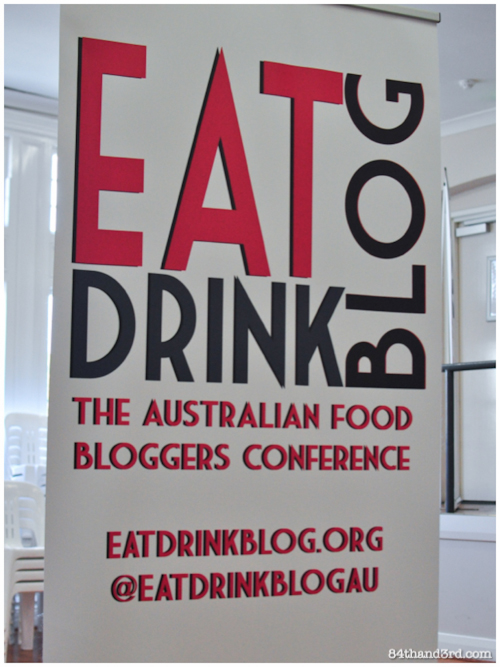
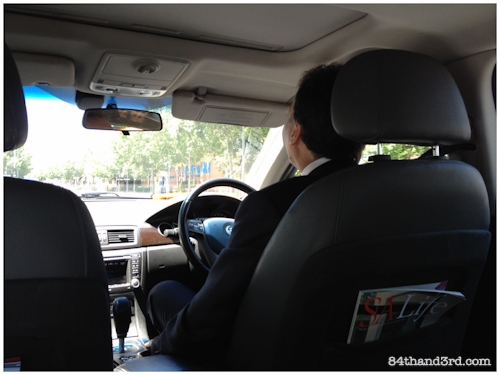

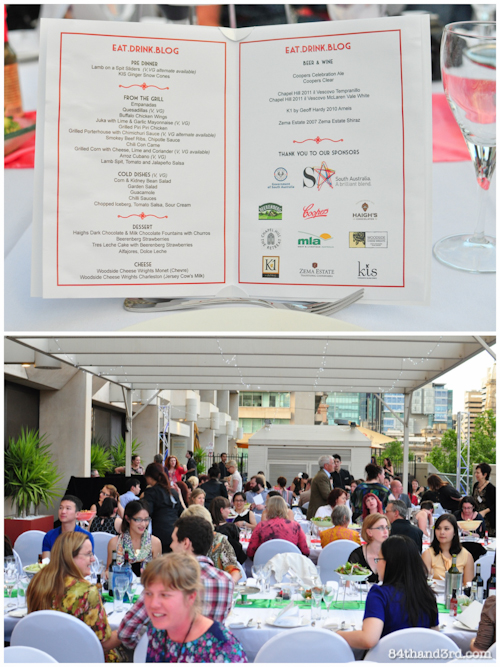
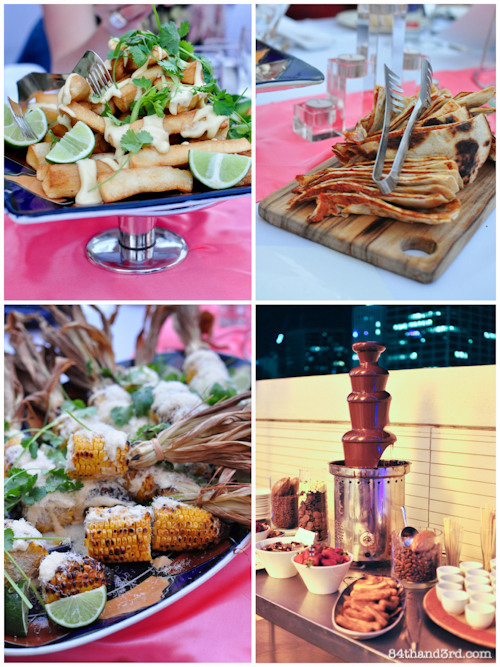
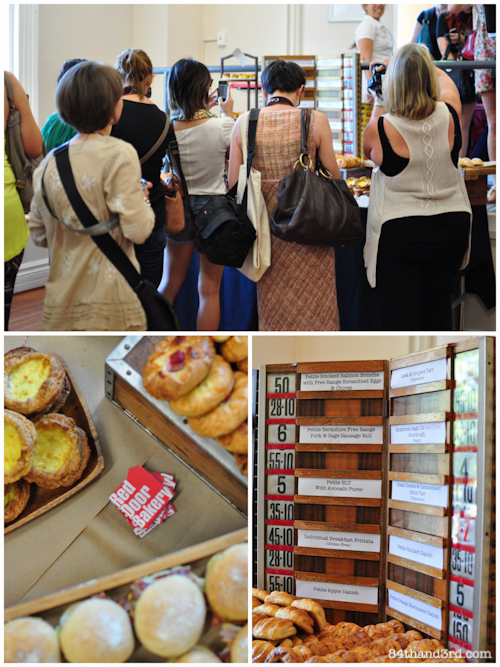
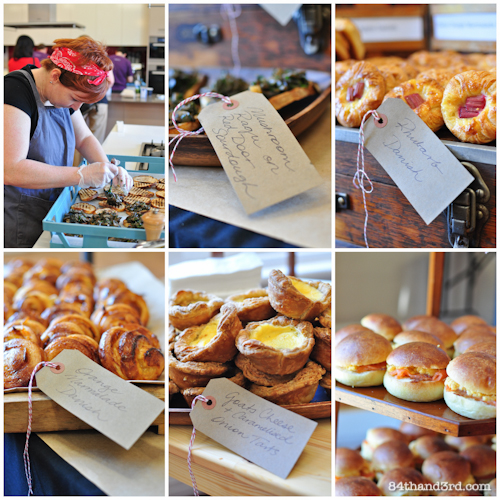
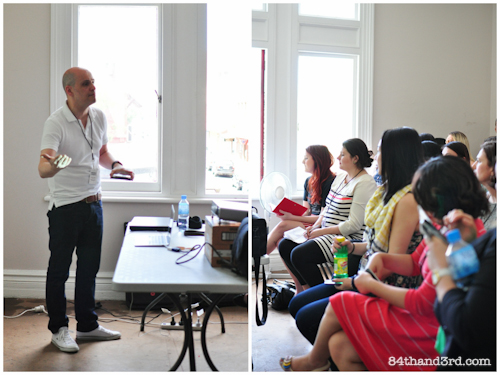
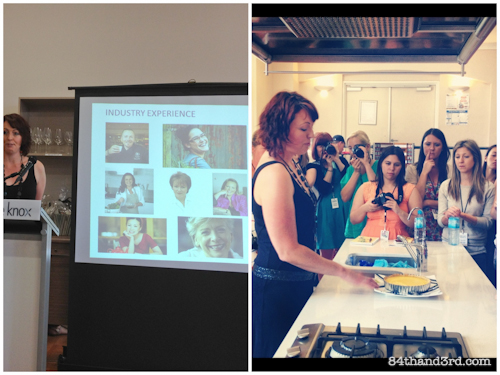
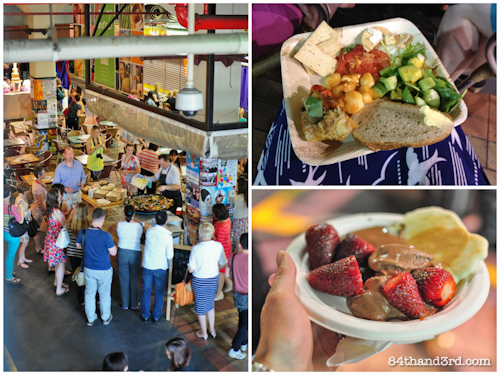
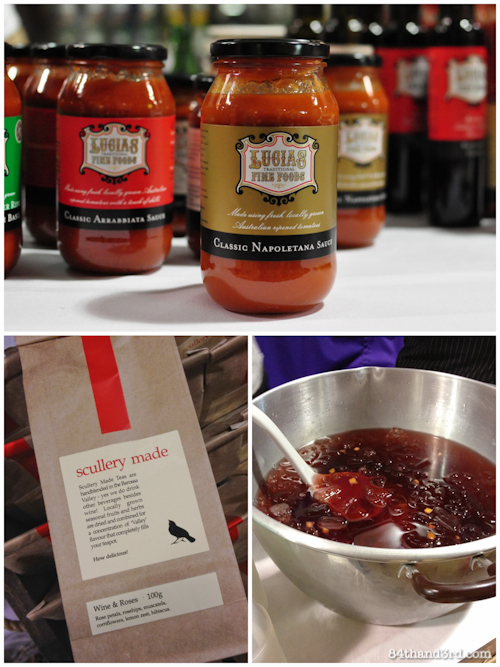
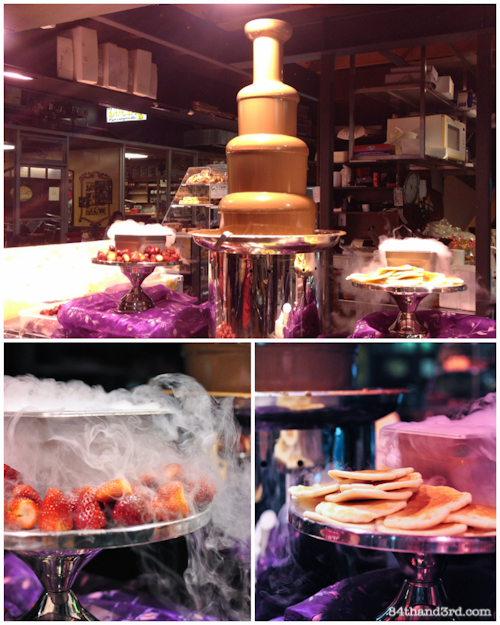
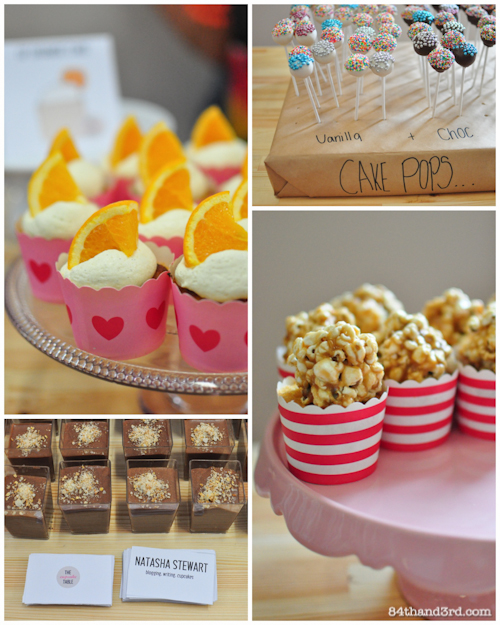
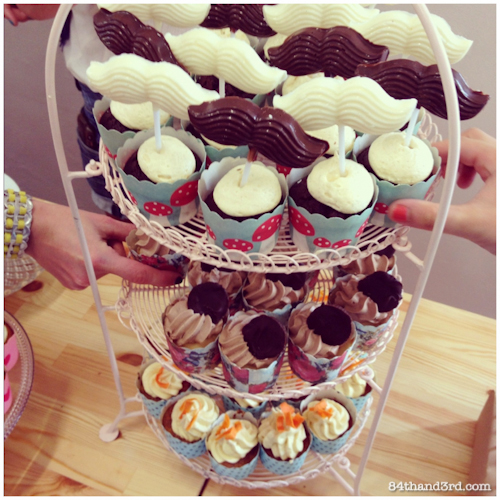

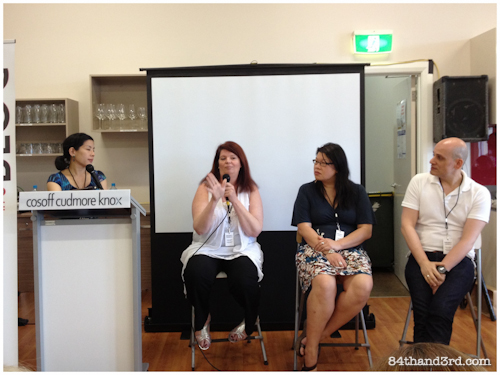
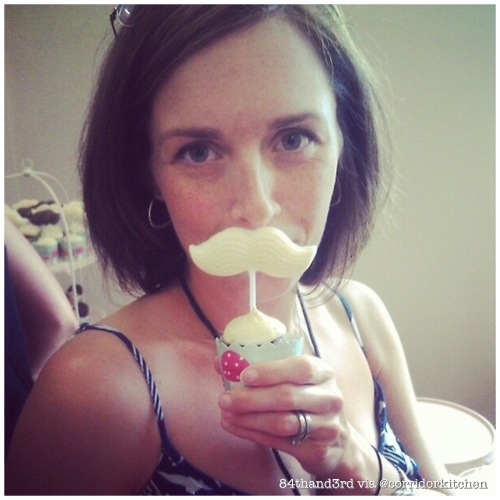
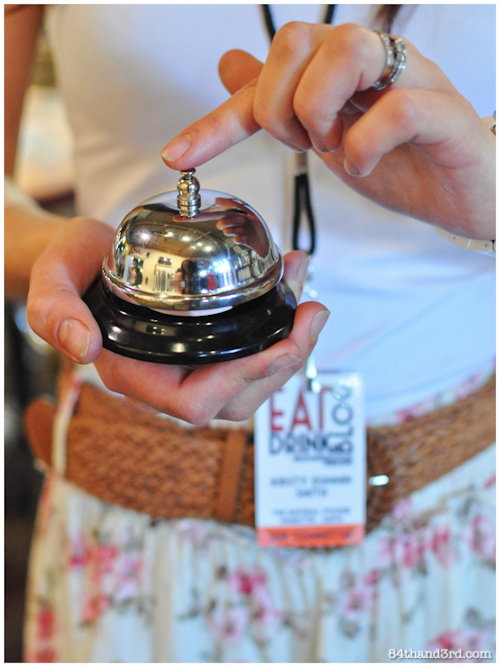
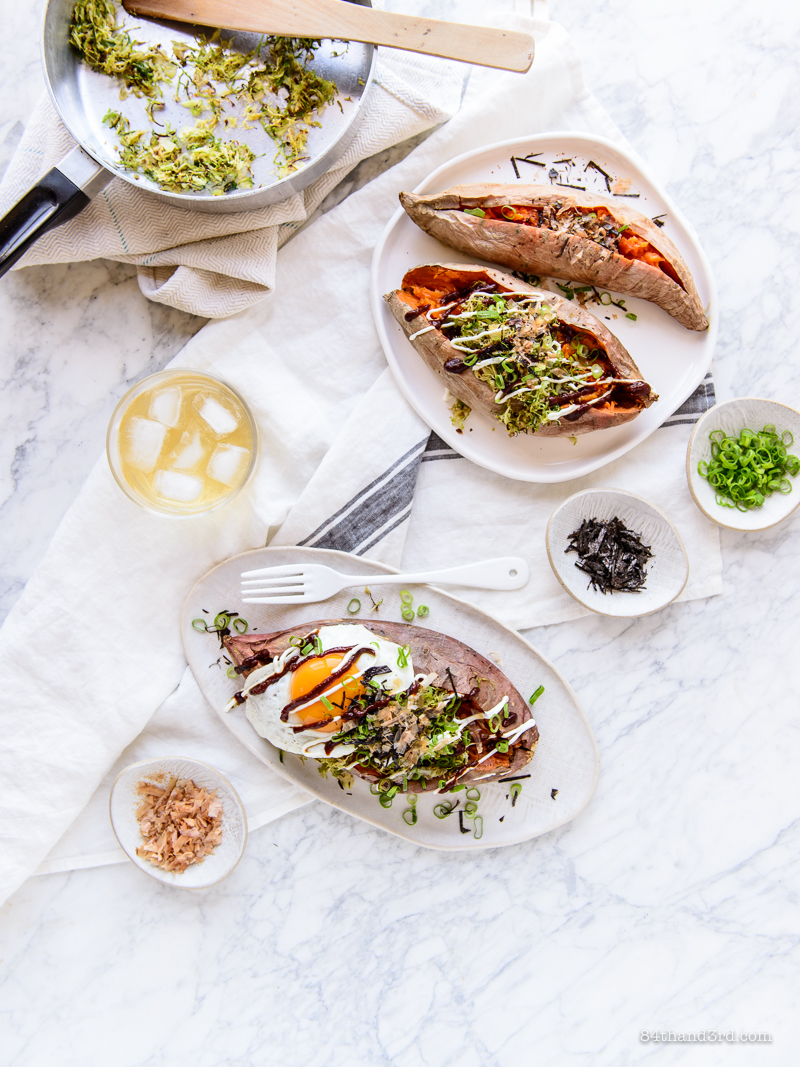
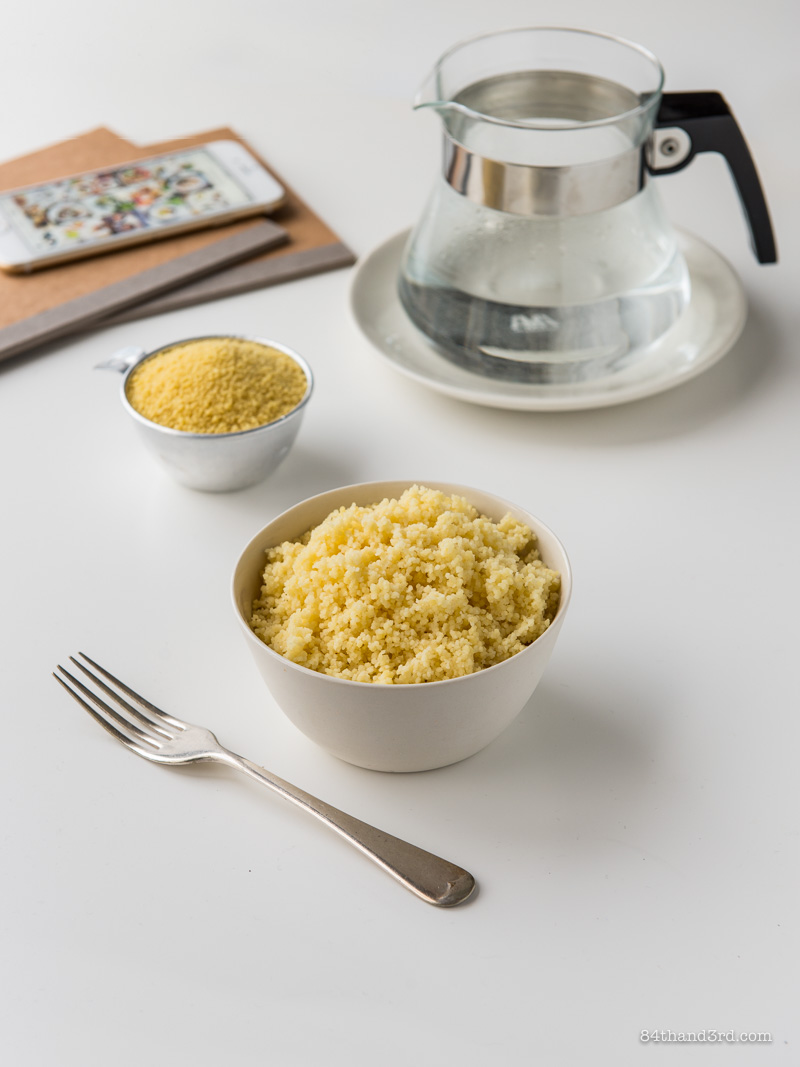



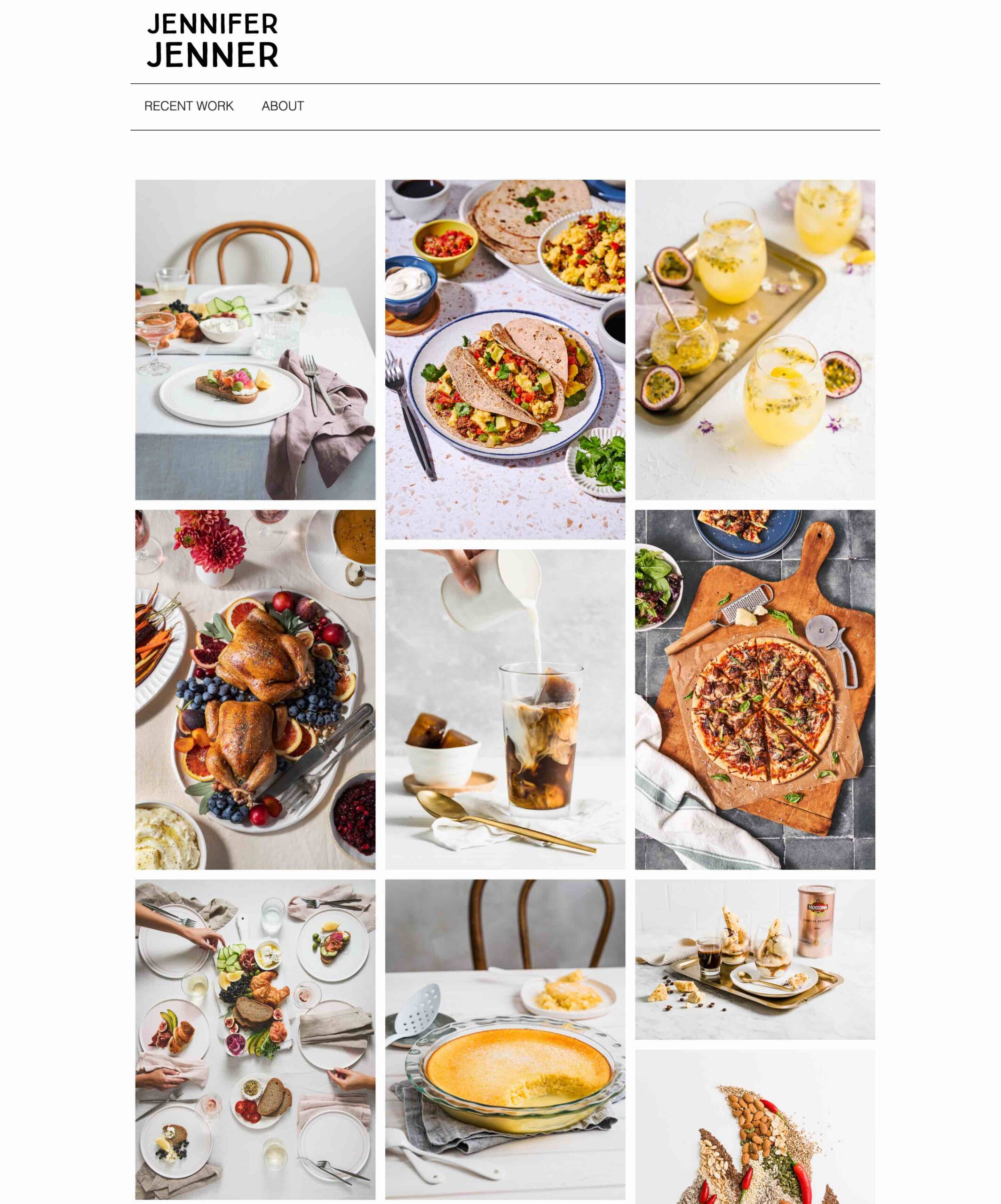
Now that is an impessive EDB3 post! I love that you took the time to include all your notes. I am definitely bookmarking this post to read alongside my session notes. Thanks!
So comprehensive! Well done JJ, I’m so impressed you were able so absorb so much while jetlagged! I shall never underestimate you again. x
Great capture on the conference JJ.
Great, detailed post JJ. You have covered lots of little points that I will refer back to, especially on Peter’s photography session. This was my first conference of this sort and I learnt a few things I would do differently next time…one would be to take more notes. I was so busy just ‘being there’ and trying to take everything in I almost forgot the most obvious things. You absorbed an enormous amount considering your travel schedule!
Wow! Now that’s a round up! You did well considering you came in from o/s that day! Here’s to next year!
Thanks for sharing your notes! Even without having attended, I’ve learned a bunch of things thanks to posts from delegates like you. 🙂
Great post. Very helpful and interesting. If I ever blog again with greater frequency I know I will do things a little differently
Wow JJ, that was an epic write up – thanks!x
Nice job!! Your attention to detail, which I saw when you were only 3 years old, is well developed. Keep it up!
Fantastic wrap up of the weekend JJ!
Great wrap up JJ. I think I should do the same so I’ve got my notes there forever. I can’t believe you got off an international flight on the Sat morning. What a trooper!
Wow! Reading back on this has reminded me what a fantastic, packed out weekend we had! It was SO good to meet you! Great post 🙂
Very thorough write up! Your notes are much more extensive than mine, it was such an inspiring weekend and reading everyones different approach to blogging about it lets me relive the wonder! thanks x
Great photos and notes on the Conference JJ! Very handy 🙂
Great post!
I recognise your thoroughness, JJ!
😉